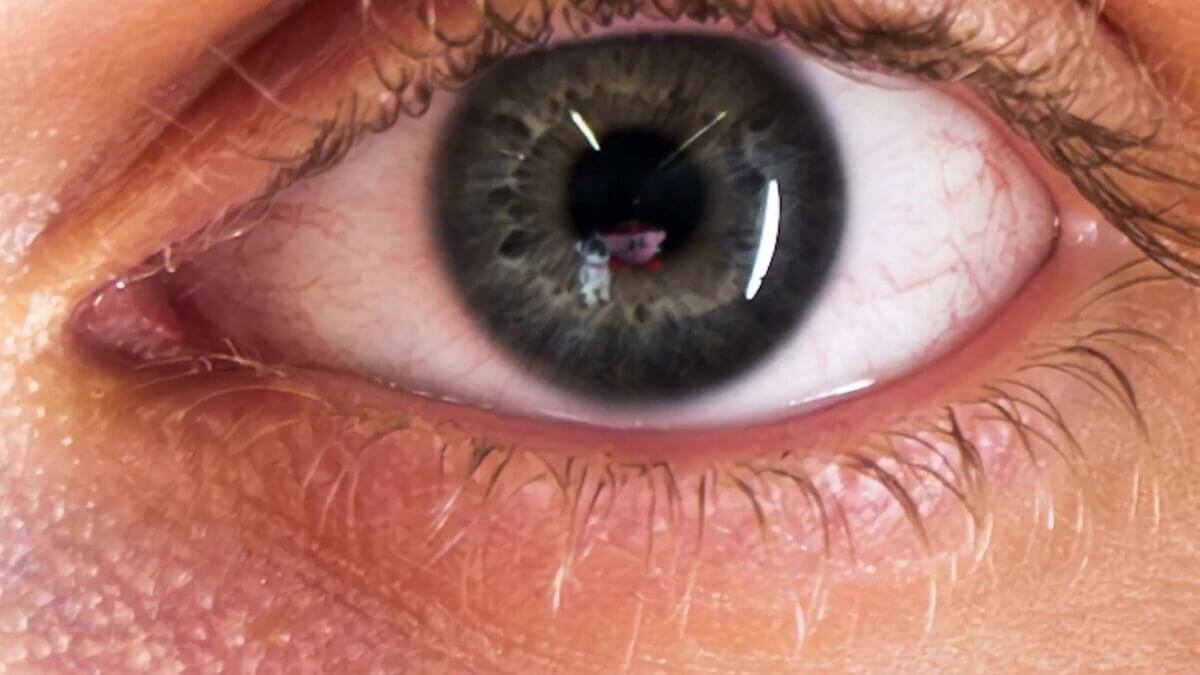BARCELONA, Spain — Scientists have made a groundbreaking discovery, shedding light on how the lack of the CERKL gene can lead to retinitis pigmentosa, a hereditary eye disease. This revelation might pave the way for novel treatments and interventions that could prevent patients from going blind.
Retinitis pigmentosa is a rare vision disease, with only one in 3,000 people worldwide affected by some form of hereditary retinal dystrophy — damage to the eye leading to blindness. Scientists have linked over 90 genes to the condition, but more than 300 can impact vision. The University of Barcelona research team has been at the forefront of this field, notably identifying the CERKL gene’s role in 2004.
The eye’s retina is constantly exposed to light, which results in a phenomenon called oxidative stress, an imbalance between antioxidants and free radicals, leading to tissue damage. Since the retina is constantly exposed to light and, therefore, continually exposed to oxidative stress, its cells need to release antioxidants to counteract the free radicals that form and cause tissue damage. This study suggests that the CERKL gene produces antioxidants in the retina to fight oxidative stress. If the CERKL gene is missing, the retina fails to produce antioxidants, leading to cellular damage.
“When the CERKL gene is missing, retinal cells are permanently stressed. The cells can no longer activate antioxidant response mechanisms, resulting in the activation of cell death mechanisms,” says Professor Gemma Marfany, the study’s primary researcher, in a university release.

In making this discovery, researchers from the University of Barcelona, in collaboration with several other institutions, used a transgenic mouse model where they eliminated the CERKL gene using advanced gene editing techniques (CRISPR).
The researchers found retinal cells to be in a state of permanent stress, which makes them vulnerable to oxidative damage from continuous light stimulation, eventually triggering cell death mechanisms that lead to blindness.
“The multidisciplinary collaboration enabled us to explore the pathology in depth. We have found how the retina responds to light stress when it lacks the CERKL protein and identified altered cellular pathways,” Dr. Marfany reports.
The study’s findings could be instrumental in developing therapeutic strategies for people with hereditary retinal dystrophy. Knowing the altered pathways when CERKL is absent may lead to potential treatments, offering hope to those with vision impairment.
“Now, if we know better which pathways are altered when the CERKL gene is absent, we can think about compensating for these pathways, potentially slowing down the disease’s progression and benefiting many,” Dr. Marfany emphasizes.
The profound insights from this study emphasize the need for a better understanding of genetic mutations and their effects on vision. As scientists unravel the mysteries of retinitis pigmentosa, the hope for effective treatments and interventions becomes more tangible.
The study is published in the journal Redox Biology.
You might also be interested in:
- Lab grown ‘mini eyes’ help scientists understand rare genetic condition that causes blindness
- Too much caffeine can lead to blindness in people at high-risk for glaucoma
- Failing eyesight may be a warning sign of a heart attack or stroke

